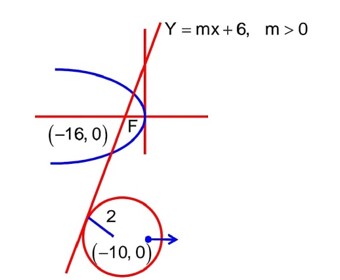Class 11th
Get insights from 8k questions on Class 11th, answered by students, alumni, and experts. You may also ask and answer any question you like about Class 11th
Follow Ask QuestionQuestions
Discussions
Active Users
Followers
New answer posted
3 months agoContributor-Level 10
Aristotle's main flaw was that he did not account for forces already present that keep a body at rest or in motion. In classical antiquity physics, during this philosopher's time, invisible and opposing forces, such as friction and air resistance, were not understood. So, it was natural to resort to observation-based answers that would later get disproved by scientists like Galileo and Newton, who introduced rigorous experimentation and mathematical enquiries.
New answer posted
3 months agoContributor-Level 10
Aristotle viewed that a moving body/object would have something external to keep it in motion. Otherwise, that body would stop, as it is the natural state of any object to stay at rest. It was a natural view and a common practical experience for everyone.
What Aristotle didn't take into consideration was that there are already opposing forces in the natural world, such as friction. A force like friction remains as a net external force in the real world.
In reality, as we speak, a moving object keeps moving unless something like friction or air slows it down. It's also just like a still object stays still if nothing pushes or
New answer posted
3 months agoContributor-Level 10
Hydrogen peroxide reduces iodine to iodide ion is basic medium as;
New question posted
3 months agoNew question posted
3 months agoNew answer posted
3 months agoContributor-Level 10
Yes, all objects have inertia. It does not depend on whether they are moving or not. Inertia is an object's inherent resistance to any change in its state of motion.
For an object at rest, its inertia is its tendency to remain at rest. A force is required to overcome this inertia and set the object in motion.
The amount of inertia an object has is determined by its mass. The more massive an object is, the more it resists a change in its state of motion. We can also say that this heavier object has greater inertia.
New answer posted
3 months agoContributor-Level 10
The law of inertia, also known as Newton's first law of motion, states that an object at rest will stay at rest. Likewise, an object in motion will remain in motion with the same speed and in the same direction unless there is a net external force.
Now in both ideal states, the net external force on an object is zero.
From the perspective of classical mechanics, there isn't a significant distinction between rest and uniform motion. They can be seen as the same state of motion viewed from different reference frames. An object is considered to be in a state of equilibrium whether it is at rest or in uniform motion.
New answer posted
3 months agoContributor-Level 10
As per Galileo's Law of Inertia, objects in motion have a natural tendency to stay in motion. This property is called inertia. But, they stop moving as there are external forces. Now, we should know that friction is a type of force. It acts in parallel and opposes motion when two surfaces are in contact. Then we have air resistance, which is a type of friction that acts on objects as they move through the air.
In an ideal scenario, as Galileo and Newton would have proved through their observations and mathematical enquiries, there will be no friction or air resistance. Then an object in motion would continue to move indefinitely in
New answer posted
3 months agoContributor-Level 10
All given oxide have nitrogen – nitrogen bond except N2O5 as ;

Taking an Exam? Selecting a College?
Get authentic answers from experts, students and alumni that you won't find anywhere else
Sign Up on ShikshaOn Shiksha, get access to
- 65k Colleges
- 1.2k Exams
- 679k Reviews
- 1800k Answers

